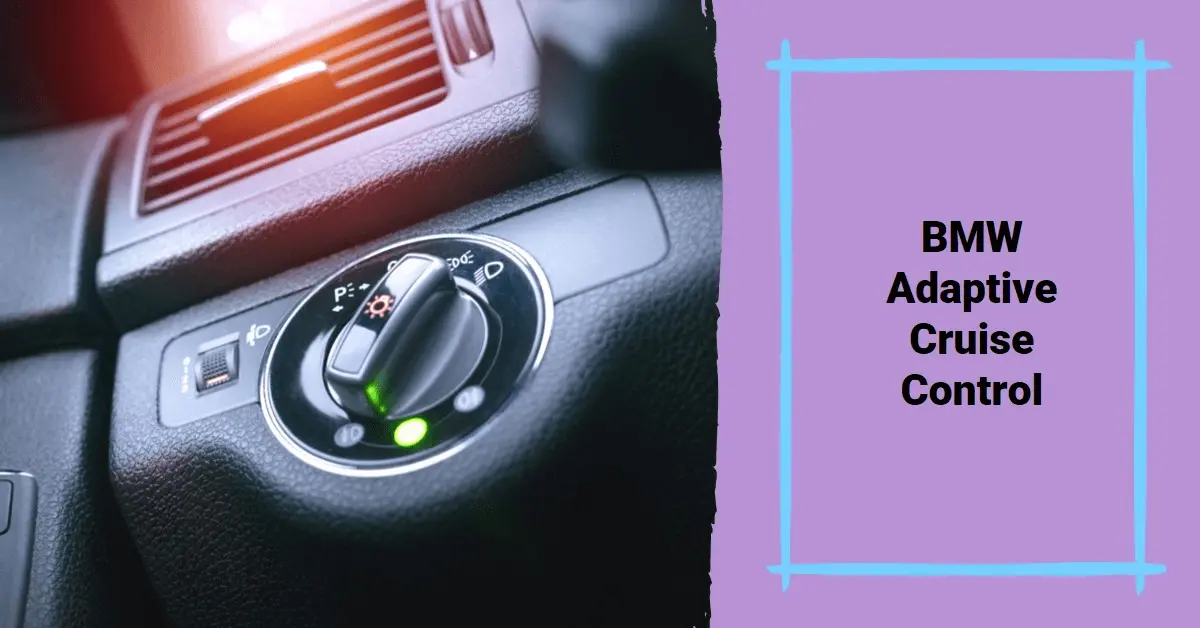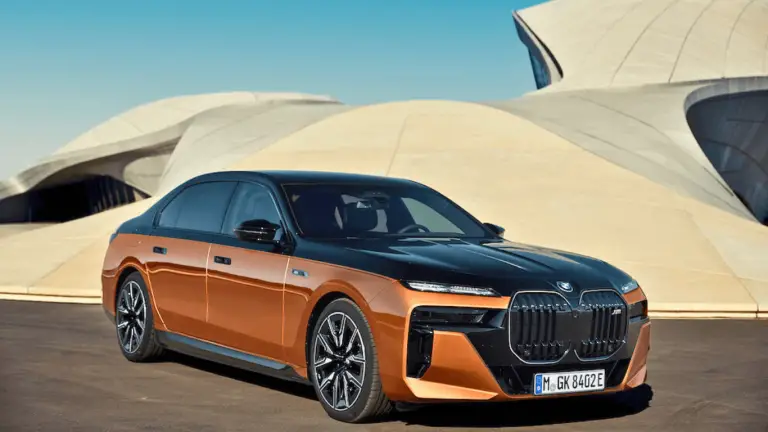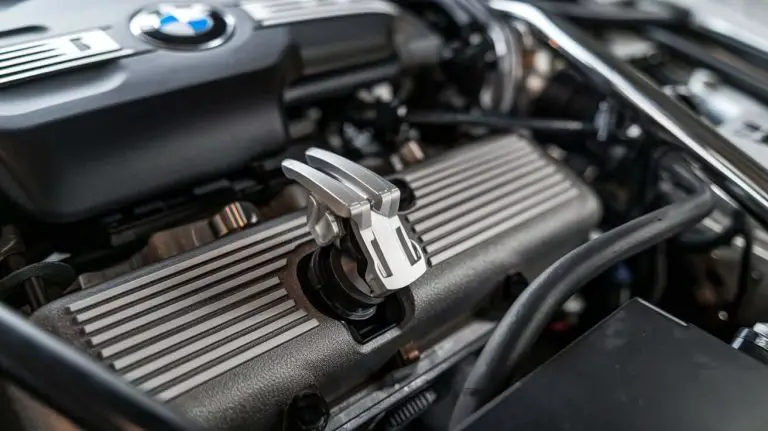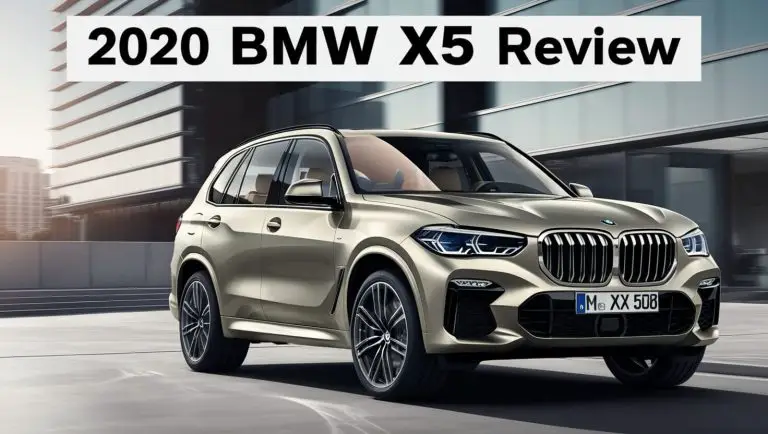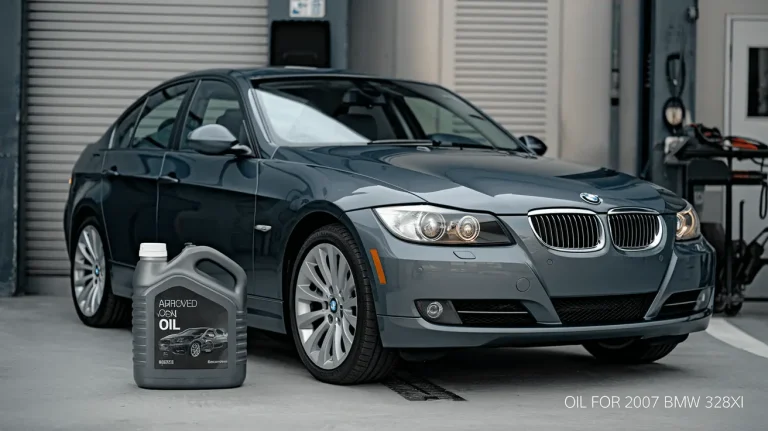Does BMW Have Adaptive Cruise Control? ACC Availability
If you’ve been considering a new luxury vehicle, you may be wondering – does BMW offer adaptive cruise control (ACC)? This increasingly popular driver assistance feature can provide added comfort and potentially improved safety on daily commutes and long highway drives. Read on to learn all about BMW’s ACC availability and capabilities across their model lineup.
What Is Adaptive Cruise Control?
Adaptive cruise control represents an evolution beyond traditional cruise control systems that simply maintain a constant driving speed set by the driver. With basic cruise, you need to brake and reset when traffic slows down ahead.
ACC uses radar, cameras and other sensors to monitor surrounding traffic flow. When vehicles ahead slow down or stop, your ACC equipped car can automatically slow as needed to maintain a preset following interval, then resume the desired speed when traffic clears. This provides a more natural driving experience, with less constant resetting.
Some ACC systems even allow your car to come to a complete stop if traffic halts, then accelerate smoothly when vehicles start moving again. This “Stop & Go” functionality offers the most convenience in heavy traffic or congested highway driving.
Which BMW Models Offer Adaptive Cruise Control?
Most current BMW passenger vehicles now come equipped with adaptive cruise control either as standard equipment, or available on higher trim levels or via optional packages:
Standard ACC
- BMW 2 Series Coupe and Convertible
- BMW 2 Series Gran Coupe
- BMW 4 Series Coupe, Convertible, Gran Coupe
- BMW i3 EV
- BMW X1 SUV
- BMW X2 SUV
- BMW Z4 Roadster
Optional ACC
- BMW 3 Series Sedan – ACC available on higher trims
- BMW 5 Series Sedan – ACC in Driver Assistance Package
- BMW 8 Series Coupe and Convertible – ACC in Driver Assistance Package
Standard on Some Trims
- BMW X3 SUV – Standard on xDrive30i and M40i
- BMW X4 SUV – Standard on xDrive30i and M40i
- BMW X5 SUV – Standard on 40i, 50i, M50i, 40e
- BMW X6 SUV – Standard on xDrive40i, M50i, 40e
- BMW X7 SUV – Standard on xDrive40i, M50i, 40i
So in summary, ACC is now available across most model lines in the BMW portfolio. Only the base trim versions or classic “i” and “eDrive” models omit adaptive functionality from the standard cruise control system.
How Does BMW’s ACC System Work?
BMW utilizes a fusion of technologies including radar, cameras, ultrasonic sensors and advanced software to make ACC possible. This sensor array constantly monitors changing conditions out to around 400 feet ahead of your vehicle’s current position.
When ACC is active, the system tracks the speed and distance of vehicles ahead. If traffic slows, the ACC automatically reduces your vehicle’s speed to maintain a preset following interval. This following time can be adjusted based on driver preferences and traffic conditions.
On most newer BMW models, the ACC allows the vehicle to come to a complete stop if vehicles ahead stop moving. This occurs smoothly and automatically based on the sensor inputs. The Traffic Jam Assistant and Stop & Go functions control the BMW safely in heavy traffic up to speeds of around 40 mph.
You can choose from several following distance settings on BMW ACC. At the closest setting of 1.8 seconds, your vehicle will be approximately 150 feet behind at highway speeds. This might be suitable in faster flowing traffic when vehicles are farther apart.
The maximum following interval is 3.7 seconds – giving around 300 feet of space at 70 mph. This setting allows for more gradual slowing and a more relaxed drive in dense traffic. The system provides enough flexibility to accommodate different driving styles and traffic scenarios.
Key Benefits of BMW Adaptive Cruise Control
There are several excellent reasons to consider a BMW model equipped with adaptive cruise control:
Reduced Driver Fatigue
Long drives can be taxing, requiring constant adjustments to your speed. ACC significantly reduces the number of pedal inputs needed to maintain safe speeds and spacing in traffic. This decreases fatigue, letting you feel more refreshed.
Enhanced Safety
ACC systems can react more quickly than humans to slowing vehicles ahead. This extra fraction of a second in response time can be crucial to avoiding rear end collisions. The more consistent speed control also improves safety for all nearby cars.
Smoother Traffic Flow
With vehicles maintaining steady speeds and gaps, traffic flow becomes more uniform. This reduces abrupt braking by other drivers that can lead to accidents. ACC adoption could continue improving commute times.
More Focus on Driving
Your attention shifts from speedometer watching to taking in more of the driving environment when ACC is active. Features like Lane Keeping Assist also work better in conjunction with ACC to maximize safety.
Ease in Traffic Jams
Stop & Go functionality takes the stress out of bumper to bumper traffic. Only needing to control steering and allowing the BMW to manage braking and acceleration helps both alertness and fuel efficiency.
Tips for Using BMW Adaptive Cruise Control
Like any advanced feature, getting the most from your BMW ACC requires understanding proper usage:
- Only activate ACC on limited access controlled highways where traffic is free flowing. Avoid winding roads or poor weather conditions.
- Adjust following distance based on speed. Use maximum following gap over 50 mph for more gradual speed changes.
- Disable ACC well in advance if you’ll need to exit or change lanes frequently. Manual driving is required for full control.
- Keep eyes on the road when ACC is active and be ready to brake as needed. Driver attentiveness is still required by law.
- In heavy rain or snow, enhanced sensor capabilities on newer BMW models can allow continued ACC use when safe and appropriate.
Following these usage tips will help you take full advantage of BMW’s adaptive cruise control for both safety and maximum driving ease.
How Does BMW ACC Compare to Rivals?
All major luxury automakers now offer adaptive cruise control to match consumer demand for these convenient and potentially lifesaving driver aids. How does BMW’s ACC stack up against key competitors?
Mercedes-Benz – Mercedes ACC works very similarly to BMW’s, with full speed Stop & Go functionality on newer models. Following distance can’t be adjusted over a set range of time gaps.
Audi – The Audi adaptive cruise mirrors BMW’s capabilities while adding traffic jam assist, which can completely stop and start the vehicle in traffic up to 40mph.
Lexus – Lexus ACC doesn’t bring the vehicle to a complete stop, requiring driver intervention at very low speeds. Operation may be less smooth than BMW’s system.
Acura – Similar to Lexus, Acura ACC slows all the way to a stop but doesn’t automatically reaccelerate when traffic moves. More driver input is required.
Volvo – Volvo ACC offers a range of following intervals like BMW, from 1 to 3 seconds. Autobraking for pedestrians is also included, but no Stop & Go feature.
Overall, BMW matches or leads many competitors in adaptive cruise technology – especially with the latest X5, X6, X7 or 8 Series models. Smooth acceleration and deceleration plus a wide range of selectable following distances provide excellent safety and ease of use.
The Future of Adaptive Cruise Control
Vehicle automation will continue progressing rapidly in coming years. How will ACC evolve along with self-driving technology?
- Expanded speed ranges – ACC may soon work at very low speeds and also at highway speeds over 100mph.
- More integration – ACC will combine inputs with lane centering, blind spot monitoring and other ADAS features for more natural automated driving.
- Camera and sensor upgrades – higher resolution cameras, multiple radar systems and more powerful vehicle to vehicle (V2V) communication will improve ACC responsiveness.
- New situations – going beyond just speed adjustment, future ACC may automatically apply maximum braking in emergencies or provide evasive steering input when needed.
- More vehicle types – heavy trucks are testing ACC, which could significantly improve highway safety and reduce accidents resulting from fatigued truckers.
These ACC enhancements will pave the way for fully autonomous vehicle operations as additional redundancies in sensors and vehicle control systems increase reliability.
What Does BMW ACC Cost?
As a standard feature on many BMWs, ACC itself doesn’t add to the purchase price or require membership fees to activate as with some automakers. However, you’ll need to choose specific packages or trim levels to get ACC included if not standard:
- 3 Series Sedan – Adaptive cruise control pricing starts at $3000 above base price for Premium trim with Driver Assistance Package.
- 5 Series Sedan – The base 530i doesn’t include ACC. You’ll need to add the $1700 Driver Assistance Package.
- 8 Series – Getting ACC requires $1700 for the Driver Assistance Package on all coupe and convertible models.
- For SUV models like the X3, X4, X5 and X7, ACC comes standard on the volume selling trim levels, minimizing additional costs in most cases.
Overall ACC represents a minor expense given the benefits over a BMW’s lengthy lifespan. And the residual value boost from desirable safety features may offset the small initial price premium.
Should You Choose BMW ACC?
Adaptive cruise control has progressed from a novelty to a near requirement for most luxury car buyers. BMW has stayed at the forefront of ACC technology to provide a seamless driving experience.
For regular highway driving or commutes in congested traffic, few options deliver more daily value than BMW’s ACC equipped models. Camera and radar based systems reduce driver stress while enhancing safety through precise speed and distance management.
As BMW’s ACC capabilities continue to expand in areas like stop-and-go functionality and integration with other automated features, expect even broader adoption across BMW’s lineup. Having adaptive cruise can meaningfully improve any drive where traffic demands your full attention. Evaluating ACC should be a priority during your new vehicle research process.

